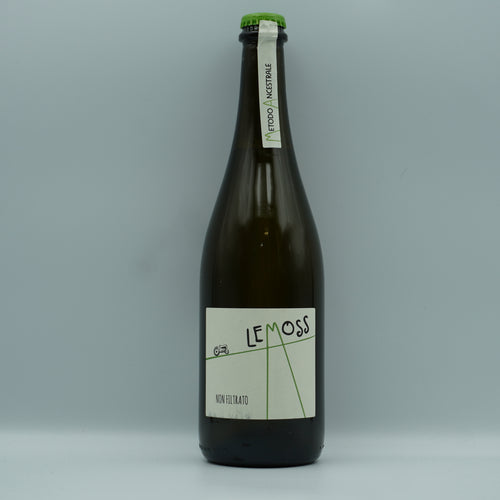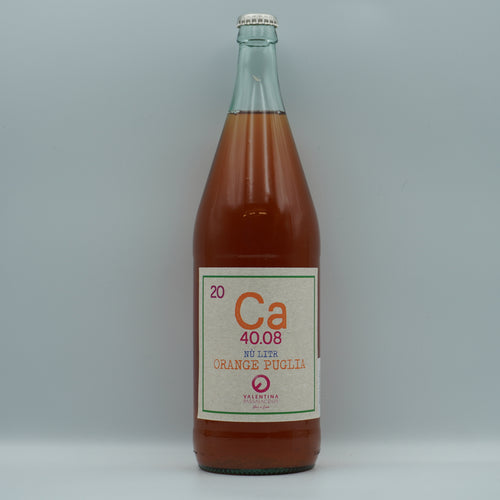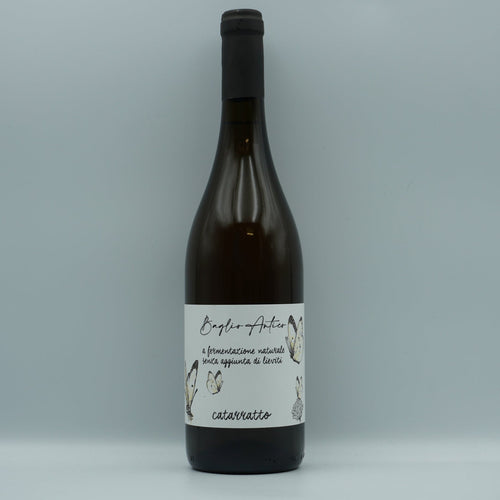SPEND £65 FOR FREE SHIPPING
There are a multitude of viticultural and vinification methods by which the final sweetness or residual sugar content of a wine can be manipulated. Viticultural influences include late harvesting, botrytis rot and cordon-cut.
In the Vineyard
Late harvesting fruit is the most universally successful viticultural method for sweetening a final wine. This method does not rely upon the development of Botrytis rot and can be carried out in a variety of different climates. The major pre-requisite is a dry autumn, as mass rainfall can lead to the dilution of flavours/sugars as well as higher instances of undesirable diseases such as grey rot or downy mildew. Regions such as Alsace, France and Marlborough, New Zealand have a distinct history of producing wines labelled as Vendage Tardive when conditions permit.
Producers in Germany and North America take late harvesting to further extremes in the production of Icewine (Eiswein). Production of this lusciously sweet wine occurs from healthy grapes harvested at night time in winter whilst frozen.
The most famous sweet wines in the world including those of Sauternes, the Loire Valley, Hungary and regions of Germany (Mosel and Rheingau) rely upon the instance of botrytis cineria rot (also known as Noble Rot) to concentrate grape sugars. This form of grape rot dehydrates the grapes, shrivelling their appearance and concentrating sugar levels.

Noble Rot affected grapes in the Sauternes region of Bordeaux, France.
Producers of these styles of wine rely on humid mornings followed by clear and sunny afternoons which allow botrytis spores to germinate without presence of the unwanted grey mould. Extremely labour intensive process which involves multiple vineyard passes to harvest either semi-botrytised bunches or single botrytis effected berries in the case of Trockenbeerenauslese wines from Germany. Due to the specific climatic conditions required for the production of these wines they are often highly priced and rare.
The cordon cut and drying methods both fall into the same category of concentrating both grape flavours as well as sugars. Cordon cut involves the cutting of canes and extended hang-time for fruit resulting in raisining of the fruit, famous proponents of this methods include Mount Horrocks in the Clare Valley, South Australia. The result is similar to the drying methods employed throughout Italy in the production of recioto or Vin Santo style wines. The resultant wines are again lusciously sweet with added texture from higher alcohol levels.








